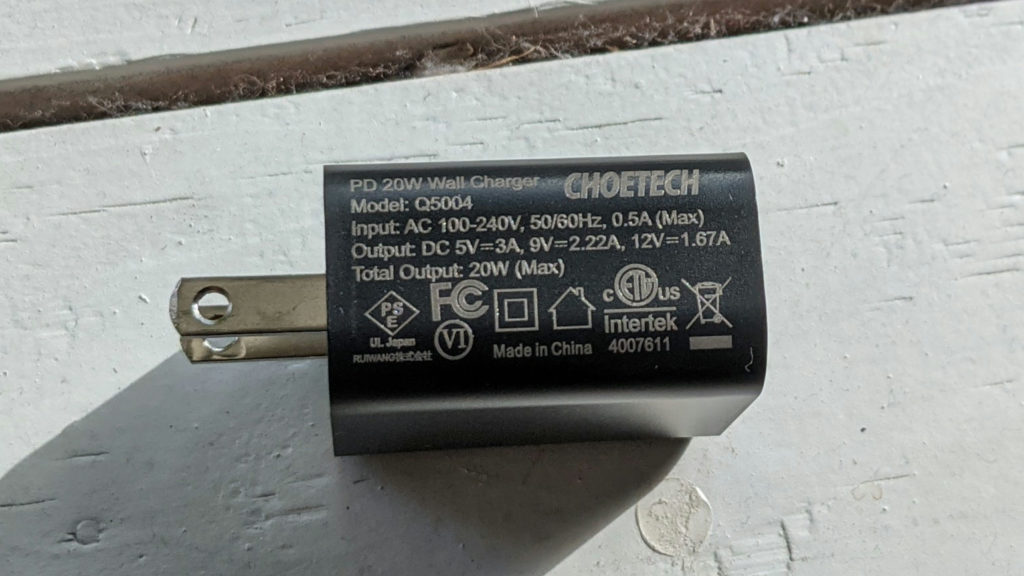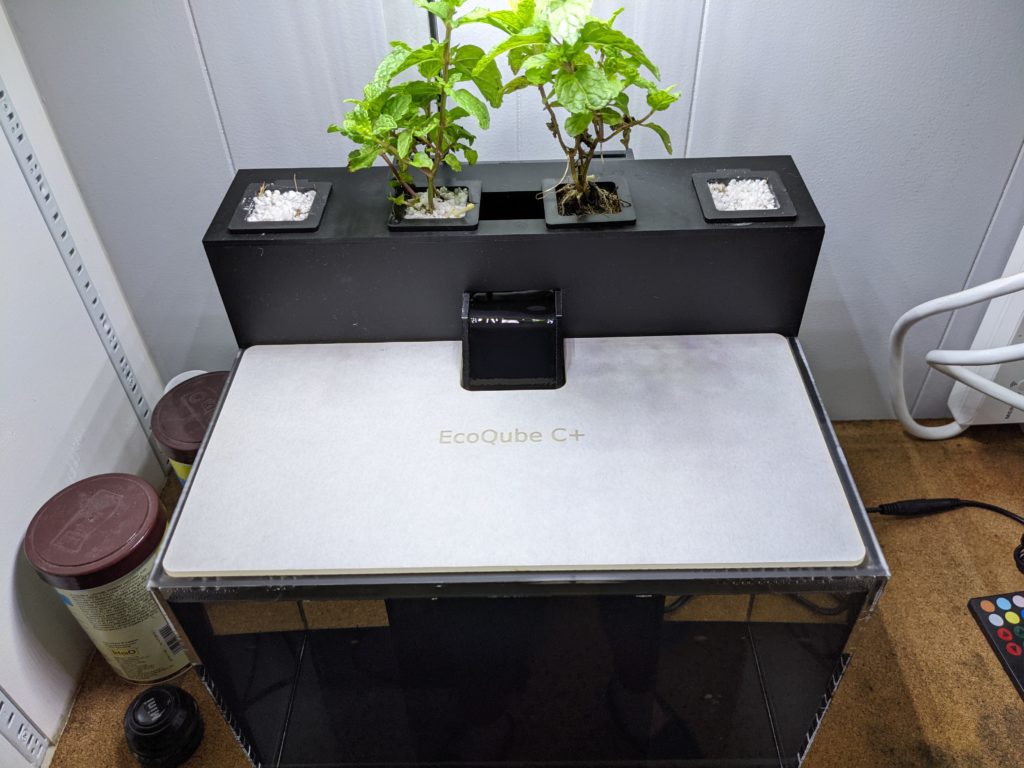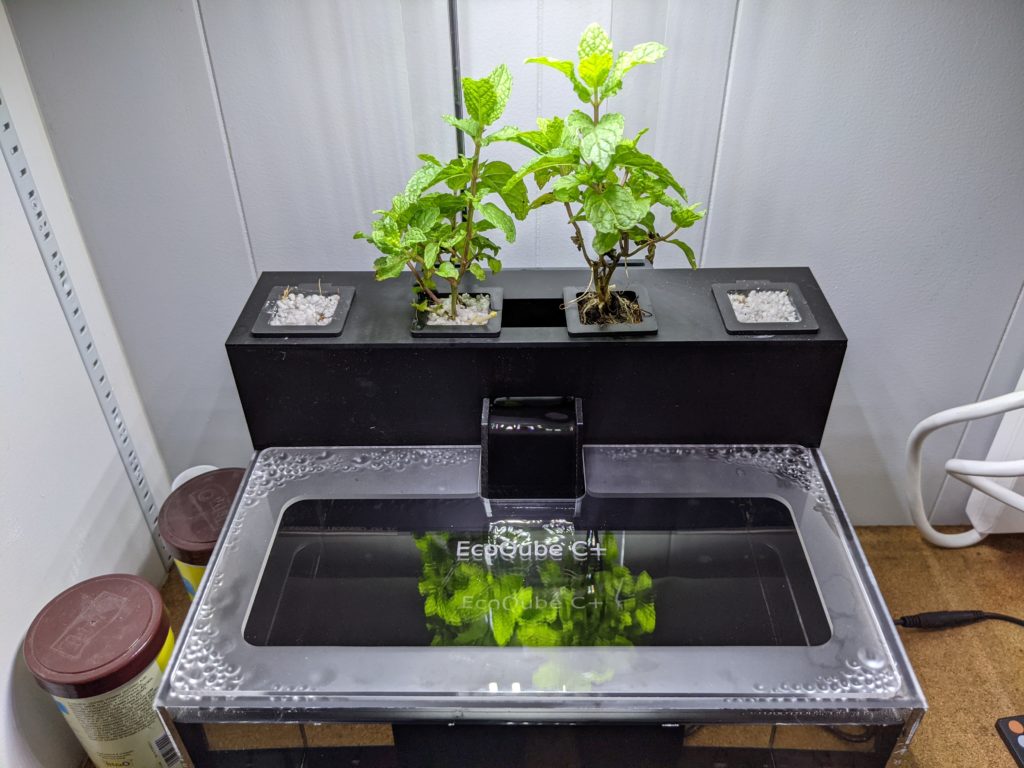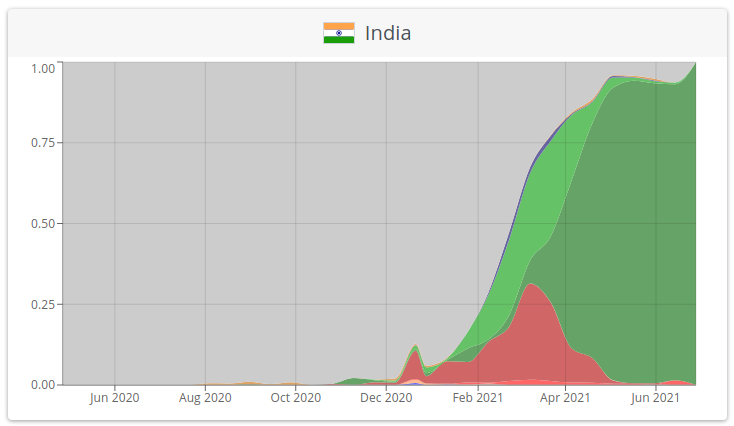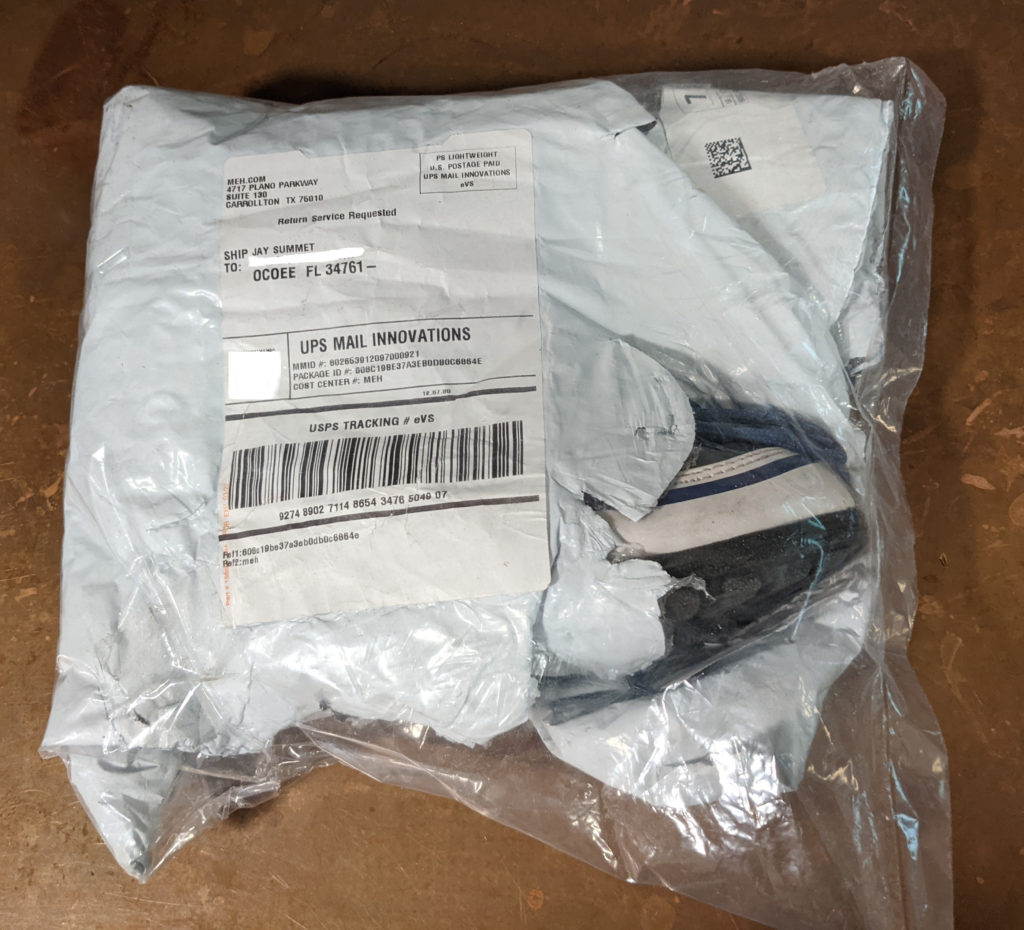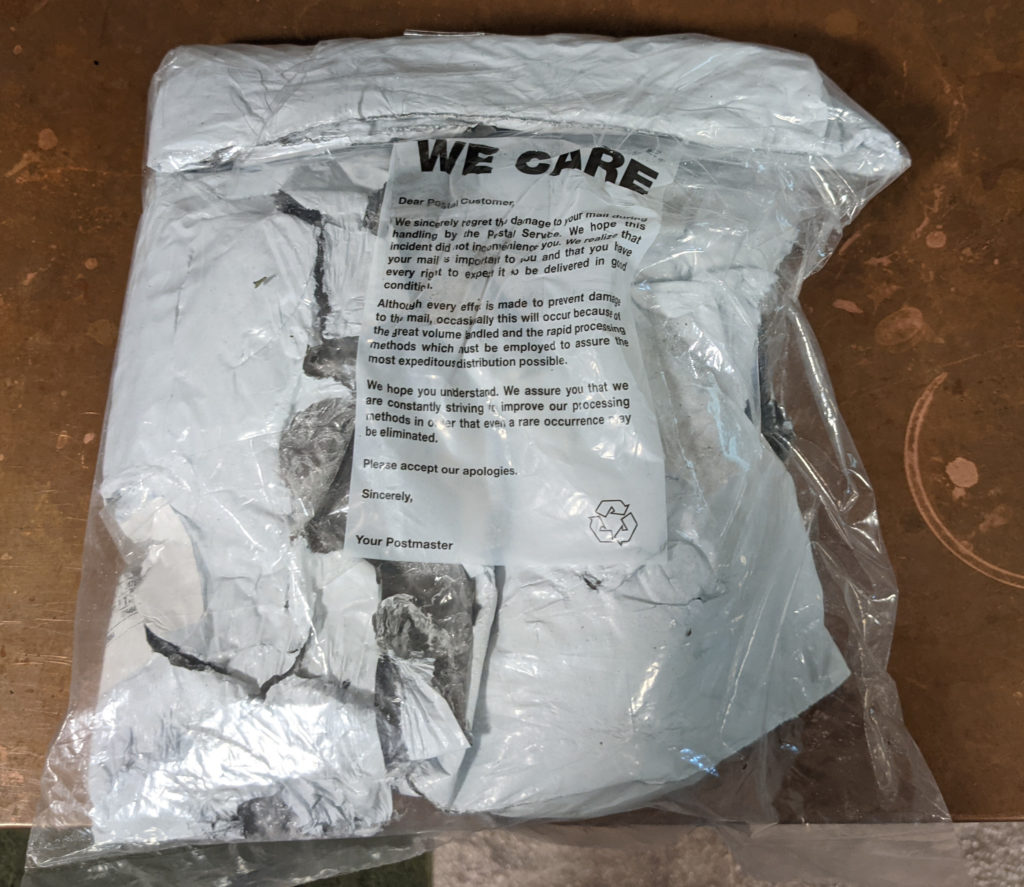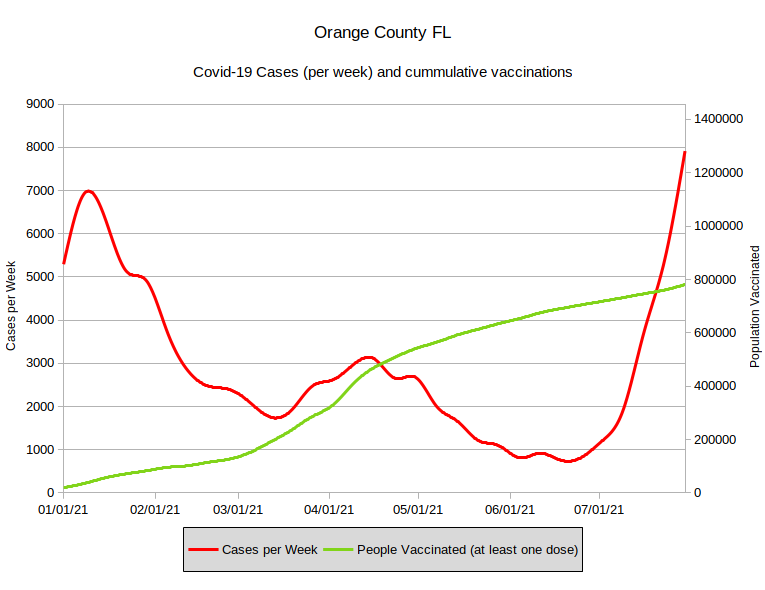
For the week ending July 29th 2021, Orange County Florida had an average of 1,130 new cases per day. The test positivity rate over the last week was 18.2%.
This is worse than the highest previous peak in January. The exponential growth can be blamed on the Delta Variant and the relaxing of masking and social distancing.
Historically, Orange County has had a case fatality rate of near 1%, so that would indicate we are due to see about 11 deaths per day in the near future, but as death numbers are no longer part of the FDOH weekly reports for counties I have no way of knowing if the case fatality rate has started to drop due to vaccinations of high-risk groups or has increased due to the Delta variant.
We have vaccinated (at least a first dose) 780,452 people (out of a population of 1,457,445, or 54% of the total. If you discount children 12 and under who are not yet eligible for vaccination, Orange County has vaccinated 63% of the eligible population. We vaccinated 62,349 people in July (Compared to 65,206 in June, 88,482 in May and 151,176 in April.)
Hospitalizations
Although the FDOH is not reporting county level hospitalization numbers, we can assume that the admissions curves for Orange County are similar to the entire state of Florida.
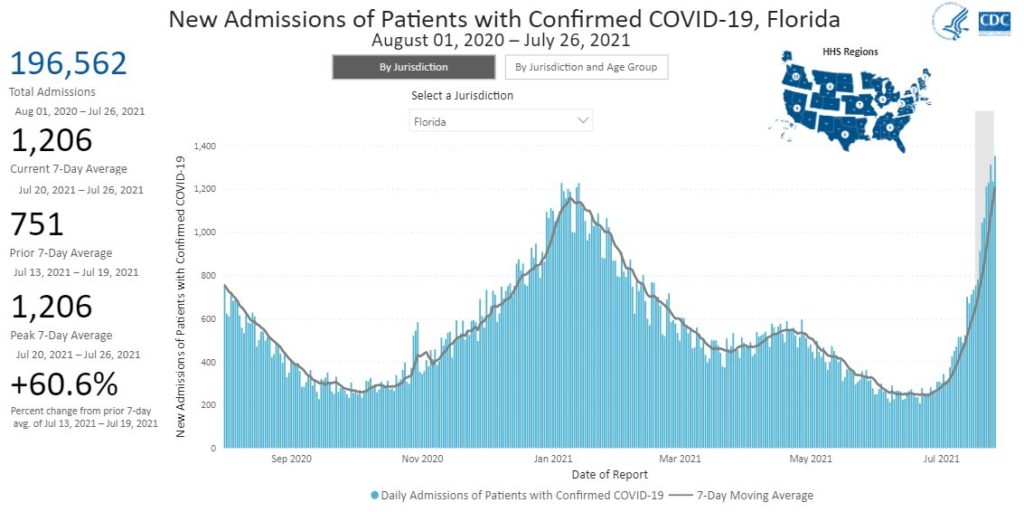
AdventHealth has entered ‘black’ status and postponed all non-emergency surgeries confirming that they have more hospitalizations than in January, which matches the state level graph.
Nursing Homes
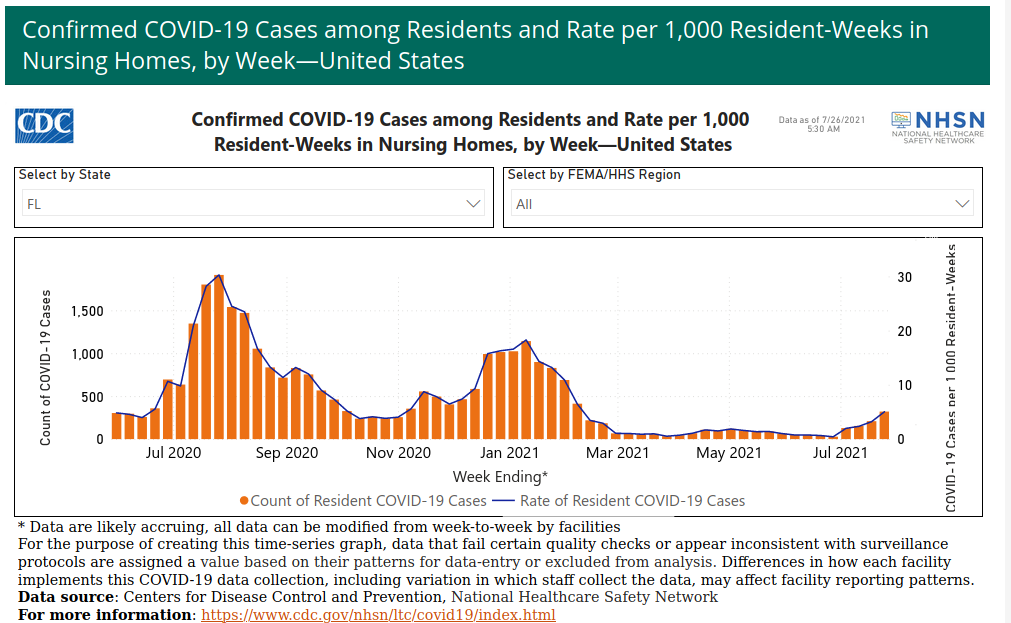
We are seeing a small uptick in covid-19 cases in nursing homes. According to the AARP, in Florida’s nursing homes “Roughly 3 in 10 nursing home residents and 3 in 5 health care staffers are not fully vaccinated. The state’s nursing home vaccination rates are well below national averages”.
End in sight?
In the United Kingdom, which was hit by the Delta variant earlier than the US, daily case numbers are starting to drop. It may be possible that through vaccinations and “naturally obtained immunity” that the UK is reaching the herd immunity threshold. As the delta variant tears through the remaining unvaccinated population in the US we may see a corresponding drop in infections next month.
